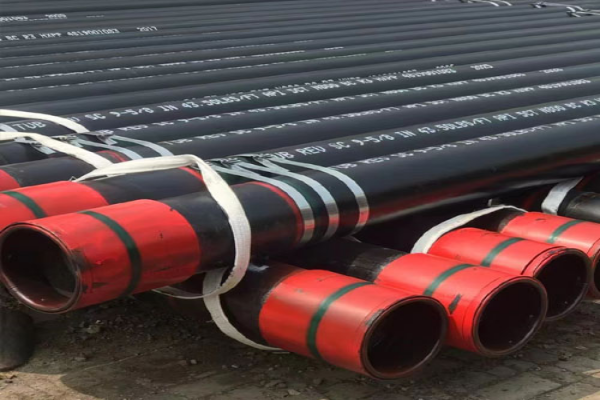Relationship of Casing and Tubing Pressure
The connection between casing pressure and tubing pressure plays a crucial role in oil well pressure management. Both pressures significantly influence oil and gas production efficiency and wellbore integrity. Understanding their relationship ensures smooth and stable oil and gas extraction.
What is Casing Pipe Pressure?
Casing pressure is the pressure present in the annular space between the casing and tubing. It arises from formation pressure and specific well conditions. Proper management of casing pressure is critical to avoiding operational complications during oil well production.
The casing supports the wellbore structure and prevents collapse. It also protects the formation and avoids fluid leaks. Excessive casing pressure can lead to deformation or damage, jeopardizing oil well stability and creating production challenges.
What is Tubing Pressure?
Tubing pressure, measured at the wellhead, reflects the balance of forces inside the tubing. It depends on flowing pressure and the resistance created by the fluid column. Factors like reservoir conditions and operational adjustments impact tubing pressure levels.
Effective management of tubing pressure helps optimize production while maintaining wellbore integrity. Uncontrolled fluctuations in tubing pressure can negatively affect production rates and safety.
How Casing and Tubing Pressure are Connected
There is a close connection between casing pressure and tubing pressure in oil wells. The casing acts as a protective barrier, influencing conditions inside the tubing and affecting well performance.
For instance, increased casing pressure often raises tubing pressure, altering the flow of oil and gas. This relationship underscores the importance of controlling both pressures to improve production efficiency.
Unexpected rises in casing pressure may signal issues such as leaks or blockages. These problems often affect tubing pressure, requiring prompt adjustments to maintain safe operations.
Why Monitoring Both Pressures is Important
Continuous monitoring of casing and tubing pressure ensures optimal oil well safety and performance. Variations in casing pressure can predict potential tubing issues. Similarly, unexpected changes in tubing pressure may indicate underlying casing concerns.
For example, during production, balanced casing pressure supports consistent tubing flow. Fluctuations in casing pressure could disrupt tubing performance, requiring real-time adjustments to stabilize well operations.
How to Manage Casing and Tubing Pressure
Managing casing and tubing pressure involves advanced tools and techniques. Operators typically use valves, pressure relief systems, and bleed-offs to control casing pressure. On the other hand, tubing pressure management relies on flow control systems, artificial lift technologies, and reservoir stimulation.
Coordinating these efforts ensures that both pressures remain balanced. Reducing casing pressure may require recalibrating tubing pressure to maintain production stability.
The Impact of Imbalance on Well Performance
An imbalance between casing and tubing pressure can harm oil well performance. High
casing pipe pressure increases stress on tubing, leading to wear and tear. Similarly, excessive tubing pressure can damage production equipment and disrupt operations.
Severe imbalances may compromise the structural integrity of the well, emphasizing the importance of accurate pressure control. Operators must carefully monitor and manage both pressures to avoid costly disruptions.
Conclusion
The relationship between
casing and tubing pressure is vital for maintaining oil and gas production efficiency and wellbore integrity. Proper monitoring and management of these pressures enhance operational safety and prevent production losses. By understanding how these forces interact, operators can ensure stable and efficient oil well performance over time.






 English
English Español
Español بالعربية
بالعربية











 Phone :
Phone :  Whatsapp :
Whatsapp :  Email :
Email : 


